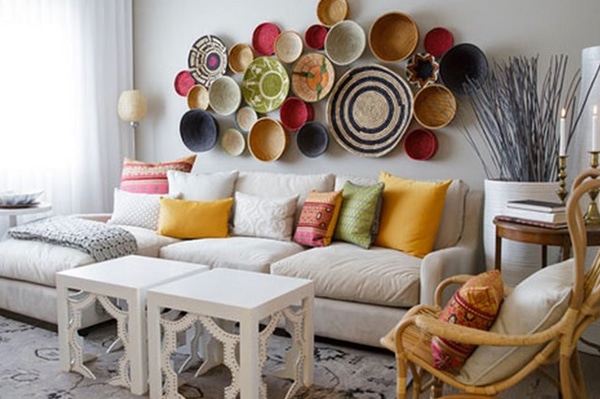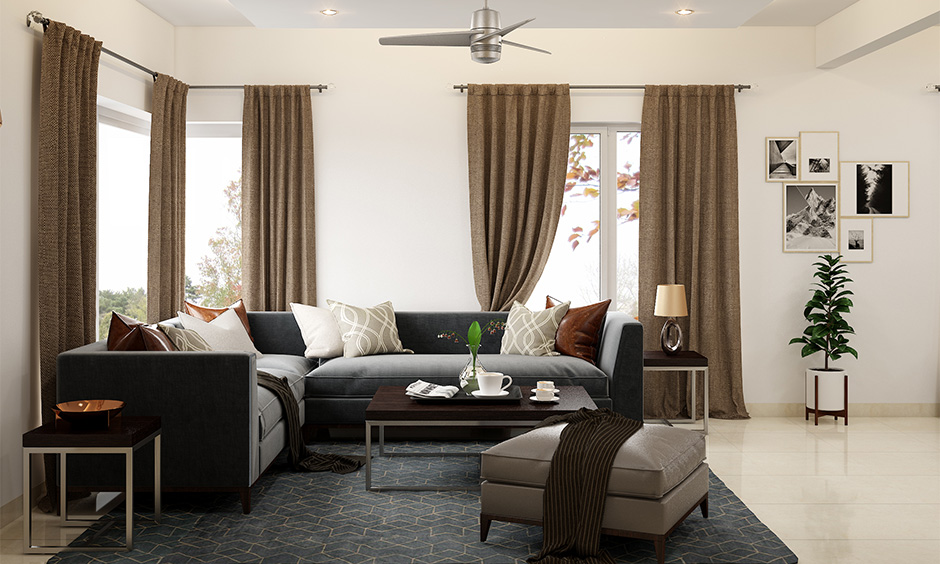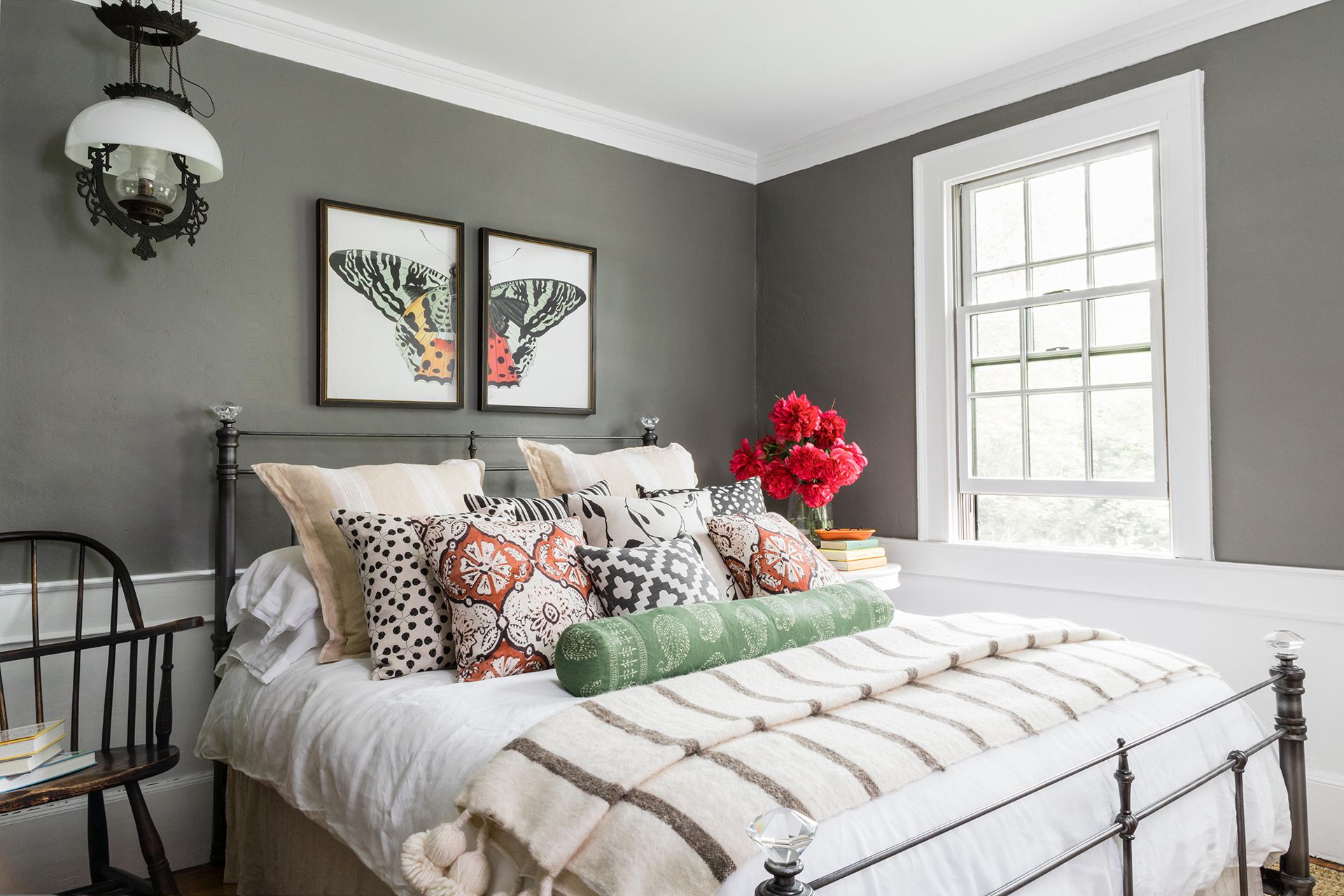Your living room is the heart of your home, and it deserves to be adorned with decor that reflects your style and personality. One of the most effective ways to enhance the ambiance of your living space is by decorating the walls thoughtfully. In this comprehensive guide, we’ll explore a myriad of living room wall decor ideas to inspire you and breathe new life into your home.
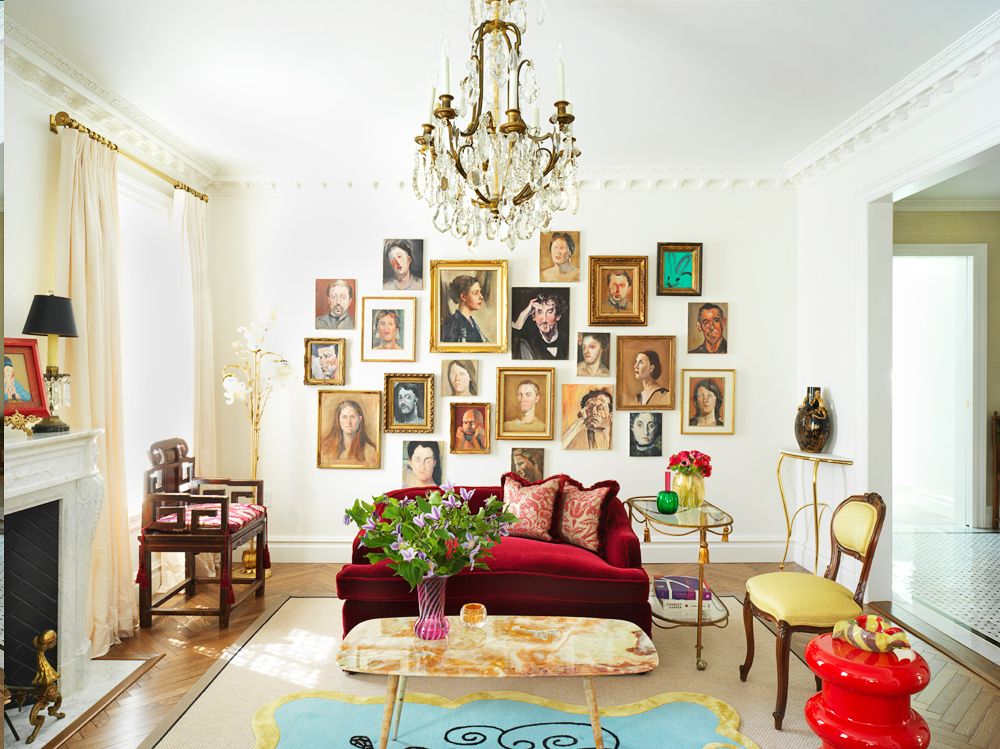
How can I decorate my living room walls?
When it comes to decorating your living room walls, the possibilities are endless. From artful arrangements to functional yet stylish solutions, here are some ideas to help you transform your blank canvas:
1. Gallery Wall Extravaganza
Create a stunning visual impact by curating a gallery wall filled with a mix of art, photographs, and other decorative elements. Choose frames that complement your overall theme and vary the sizes and shapes for an eclectic look.
2. Statement Wall Murals
Turn a plain wall into a captivating focal point with a mural that resonates with your style. Whether it’s a nature-inspired landscape or a geometric pattern, a mural adds instant personality to your living space.
3. Floating Shelves for Dynamic Displays
Floating shelves not only provide practical storage but also serve as an excellent platform for showcasing your favorite decor items. Mix and match books, plants, and decorative pieces to create a personalized arrangement.
4. Mirrors for Elegance and Illusion
Strategically placing mirrors on your walls not only adds a touch of elegance but also creates the illusion of a larger space. Experiment with different shapes and frames to achieve the desired aesthetic.
5. Typography and Quotes
Inject a dose of inspiration into your living room by incorporating typography and motivational quotes. Opt for wall decals, framed prints, or even DIY projects that resonate with your personality.
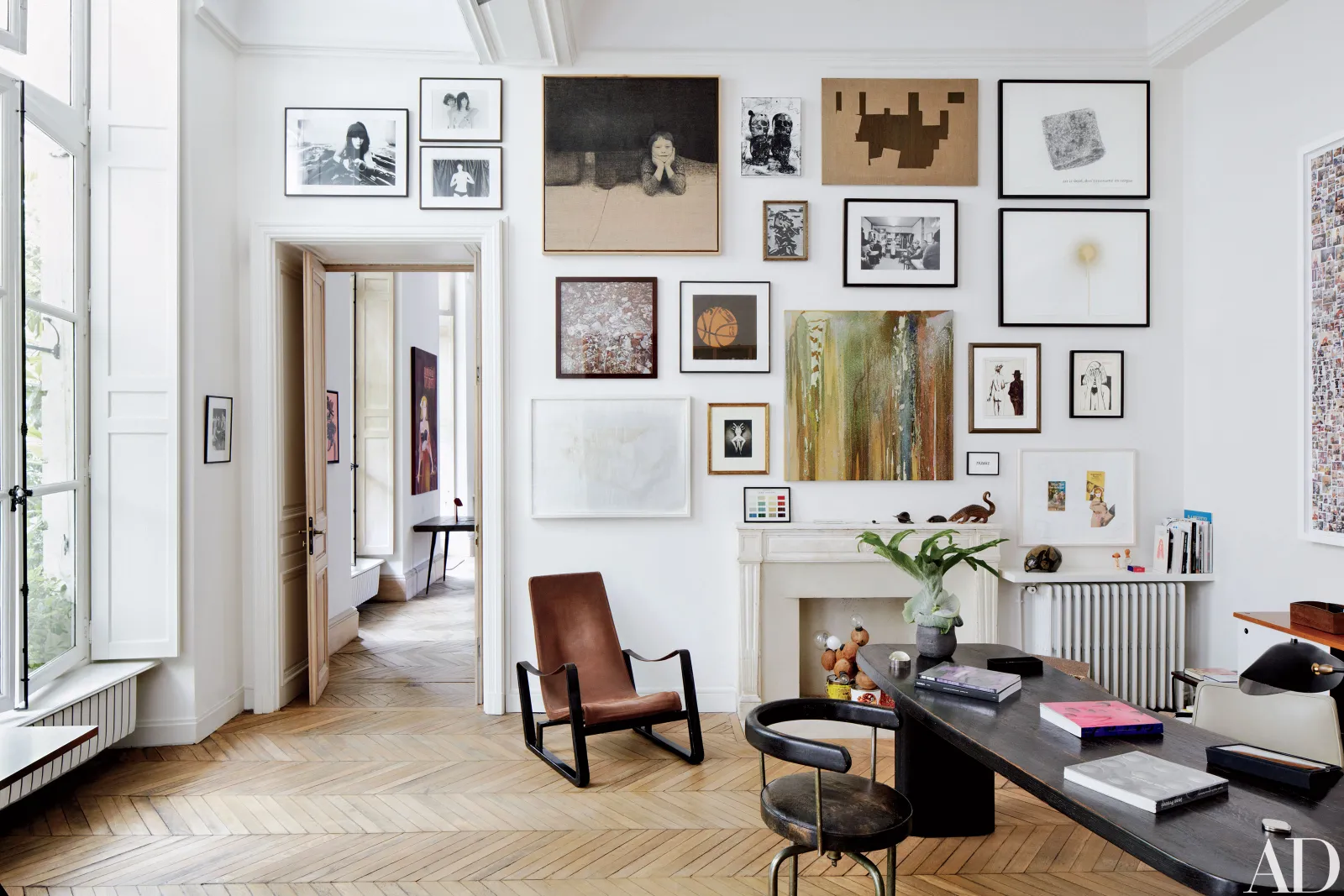
How to decorate a plain wall in the living room?
If you’re dealing with a plain and uninspiring wall, fear not! There are numerous ways to infuse character and style into even the most lackluster spaces:
1. Wall Stencils for Artistic Flair
Elevate your plain walls with intricate stencils that add a touch of artistic flair. Whether you prefer geometric patterns or nature-inspired designs, stencils offer a budget-friendly way to customize your space.
2. Fabric Wall Hangings
Bring texture and warmth to your living room by incorporating fabric wall hangings. These can range from bohemian tapestries to sleek, modern fabrics, depending on your taste.
3. Decorative Wall Panels
Consider installing decorative wall panels to add depth and dimension to a plain wall. Choose from a variety of materials such as wood, metal, or PVC to match your desired aesthetic.
4. Peel-and-Stick Wallpaper
Revolutionize your living space with peel-and-stick wallpaper. This temporary and easy-to-install option allows you to experiment with patterns and colors without committing to a long-term design.
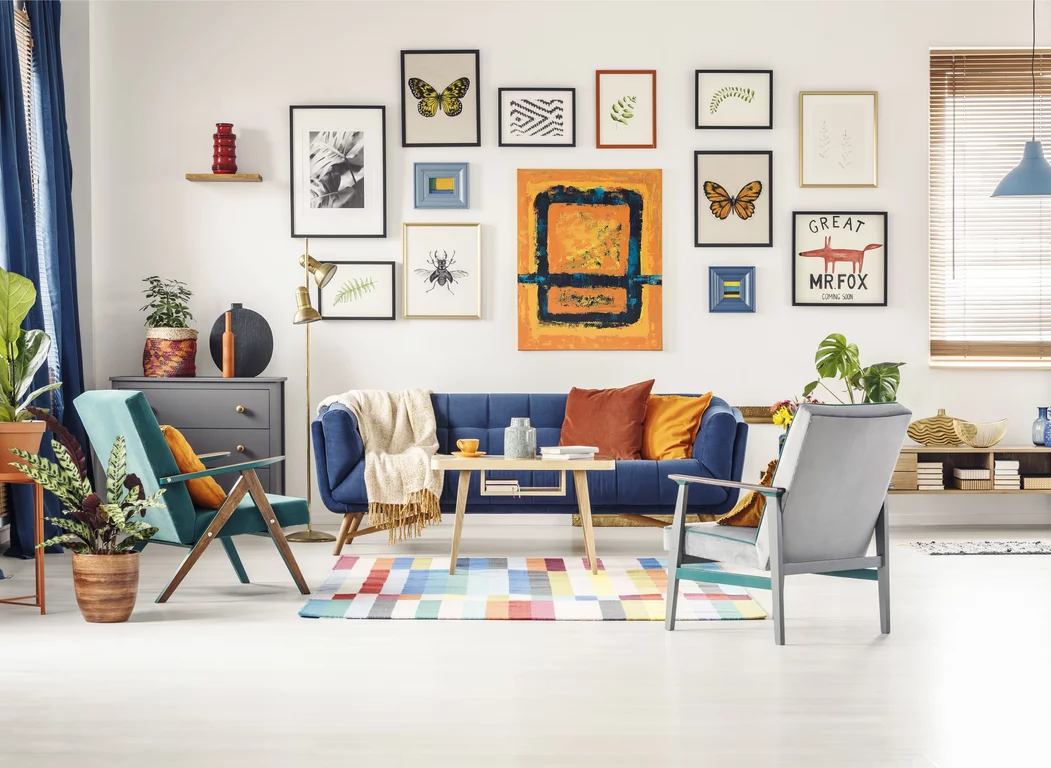
What are the rules for wall decor in a living room?
While there are no strict rules in the realm of home decor, certain guidelines can help you achieve a harmonious and visually appealing living room wall decor. Consider these principles as you embark on your decorating journey:
1. Balance and Symmetry
Achieving balance in your wall decor can create a sense of order and calmness. Symmetrical arrangements, where elements are evenly distributed on either side of a central point, often work well. However, don’t be afraid to experiment with asymmetry for a more dynamic look.
2. Scale and Proportion
Take into account the size of your wall and the furniture in the room. Avoid overwhelming small walls with large artwork or using tiny pieces on expansive walls. Strive for proportionality to maintain a visually pleasing balance.
3. Color Palette Cohesion
Ensure that your wall decor complements the overall color palette of your living room. Harmonious color schemes contribute to a cohesive and inviting atmosphere. Consider the existing colors in your furniture, upholstery, and other elements when selecting wall decor.
4. Theme Consistency
Establishing a consistent theme ties the room together. Whether it’s a specific color scheme, a particular style, or a shared motif, a cohesive theme enhances the overall aesthetic appeal of your living space.
5. Personal Touches
Infuse your personality into the decor by incorporating personal touches. Display cherished photographs, artwork created by family members, or souvenirs from your travels. This not only adds character but also makes your living room uniquely yours.
6. Functional and Stylish Storage
For a practical approach to wall decor, consider incorporating shelves, cabinets, or wall-mounted units that serve both decorative and functional purposes. This is particularly beneficial in smaller living rooms where optimizing space is essential.
7. Lighting Considerations
Pay attention to lighting when arranging wall decor. Strategically placed lighting fixtures can highlight specific pieces, creating focal points and enhancing the overall ambiance of the room.
By keeping these guidelines in mind, you’ll be well-equipped to embark on a wall decor journey that transforms your living room into a space that reflects your style and meets your functional needs.
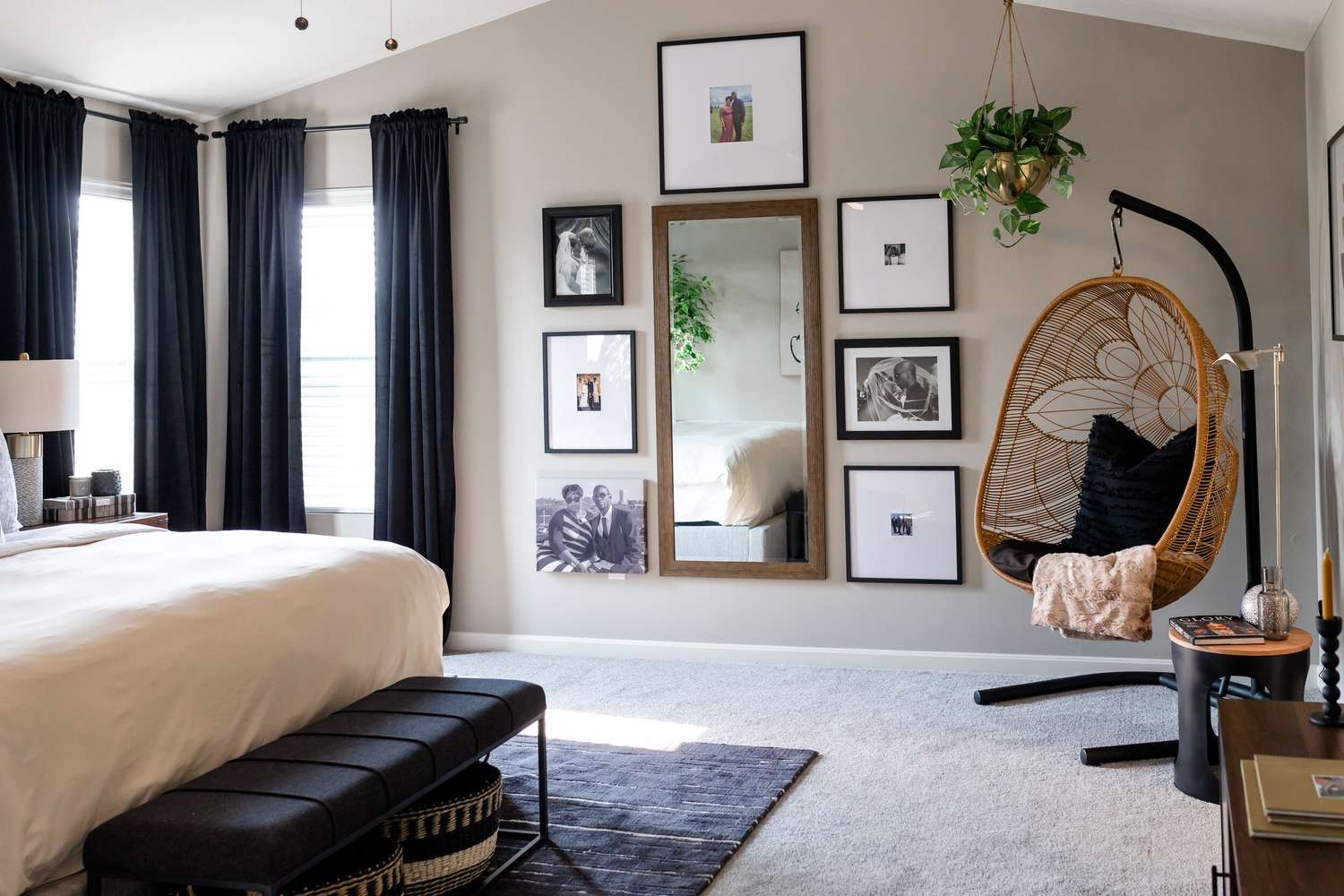
How do I decorate my room walls?
Now that we’ve covered some fundamental rules, let’s dive into more inspiring ideas to help you bring life to your room walls. From incorporating textures to embracing unique art forms, there are endless possibilities to explore:
1. Textured Wall Panels
Introduce depth and visual interest with textured wall panels. Whether you opt for 3D panels, reclaimed wood, or decorative tiles, these elements add a tactile dimension that can transform your room’s atmosphere.
2. Nature-Inspired Decor
Bring the outdoors inside by incorporating nature-inspired decor. Consider botanical prints, floral arrangements, or even a living wall with cascading greenery. This not only adds freshness but also creates a calming environment.
3. Floating Plants or Shelves
Combine greenery with functional decor by incorporating floating shelves adorned with potted plants. This innovative approach not only adds a touch of nature but also serves as a practical storage solution.
4. Layered Mirrors for Drama
Create a sense of drama and sophistication by layering mirrors of various shapes and sizes. This not only reflects light, making your room appear larger, but also adds a glamorous touch to the decor.
5. Personalized Art Installations
Transform your walls into a canvas for personal expression. Consider creating a DIY art installation that reflects your hobbies, interests, or even your favorite quotes. This unique touch adds a personal and artistic flair to your living space.
6. Gallery of Memories
Turn your walls into a gallery of cherished memories by creating a photo collage. Mix and match frames for a diverse yet cohesive look, and showcase the moments that bring joy and nostalgia.
7. Vintage Wall Clocks
Make a statement with vintage wall clocks that not only serve a practical purpose but also add a touch of nostalgia and sophistication. Choose styles that complement your overall decor theme.
8. Colorful Tapestry or Rug Wall Hangings
Add warmth and color to your walls by hanging vibrant tapestries or rugs. These pieces not only act as stunning wall decor but also contribute to sound absorption, creating a more acoustically pleasant living space.
9. Cinematic Wall Decor
For film enthusiasts, consider creating a cinematic experience on your walls. Frame vintage movie posters or showcase a collection of your favorite films’ quotes in an artistic way.
10. String Lights and Artistic Wire Designs
Infuse a whimsical and cozy ambiance into your room by incorporating string lights or artistic wire designs. These not only serve as decorative elements but also provide soft, ambient lighting for a relaxed atmosphere.
With these creative ideas, you can embark on a journey to transform your room walls into a captivating and personalized masterpiece.
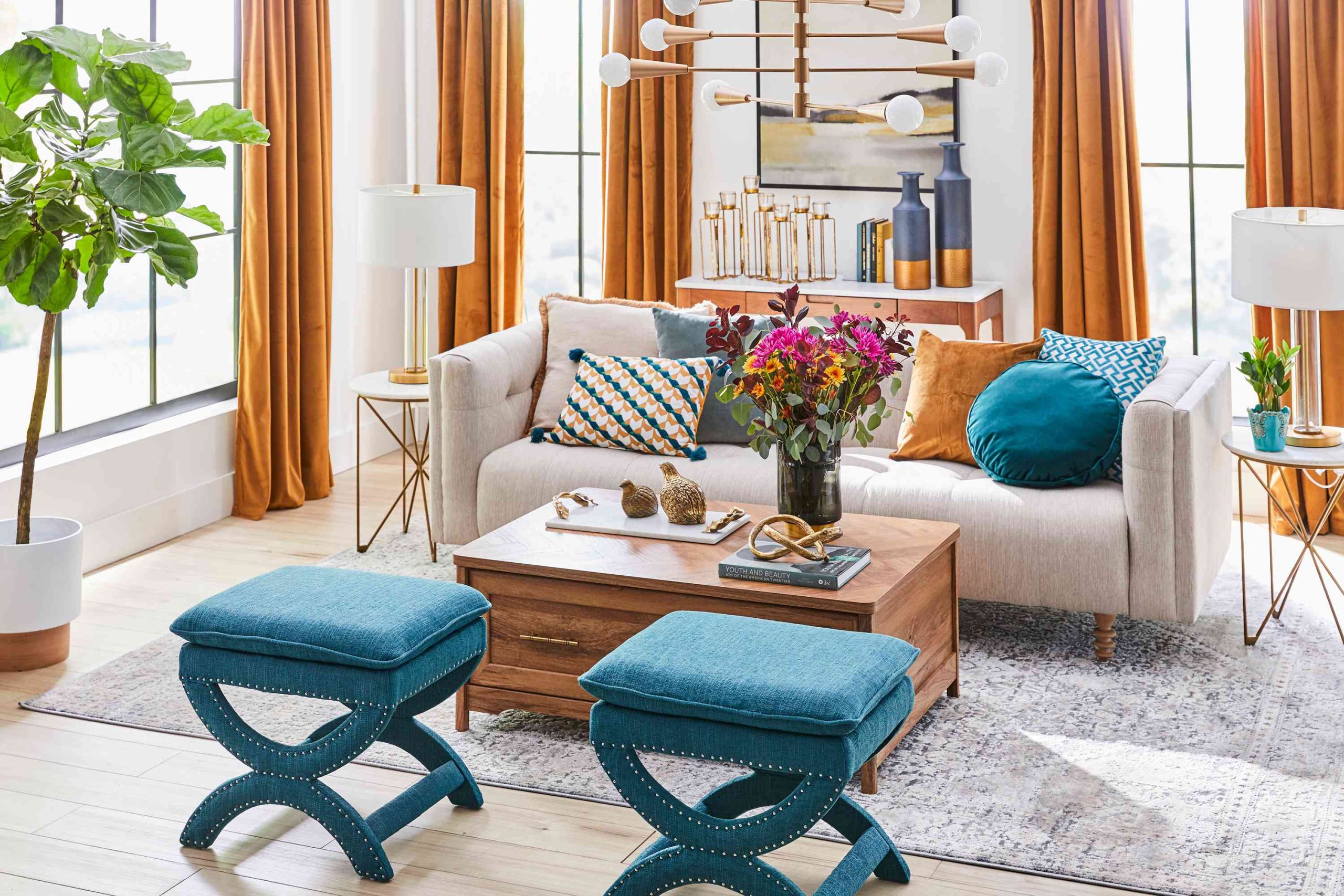
How can I make my room look luxurious?
Luxury isn’t just about expensive furnishings; it’s about creating an ambiance that exudes sophistication and comfort. Elevate your living space with these tips on adding a touch of opulence to your room walls:
1. Accent Wall with Rich Wallpaper
Introduce opulence by incorporating luxurious wallpaper on a single accent wall. Choose patterns like damask or metallic finishes for a lavish touch that instantly upgrades your room’s aesthetic.
2. Gold and Metallic Accents
Incorporate gold or metallic accents into your wall decor for an instant touch of luxury. This could be in the form of framed art, mirrors, or even metallic wall sculptures that catch and reflect light.
3. Custom Wall Molding and Trim
Consider adding custom wall molding and trim to create an elegant and refined look. This classic architectural detail can transform plain walls into a sophisticated backdrop for your furniture and decor.
4. Velvet Upholstered Wall Panels
For a truly luxurious feel, consider upholstering sections of your walls with sumptuous velvet fabric. This not only adds texture but also brings a sense of richness and comfort to the room.
5. Antique Mirrors and Frames
Scour antique shops for ornate mirrors and frames. Their intricate designs and aged finishes can add a timeless and luxurious feel to your walls while also serving as captivating focal points.
6. Custom Artwork or Portraits
Commissioning custom artwork or portraits can add a unique and personalized touch to your walls. Choose an artist whose style aligns with your taste, and let them create a piece that complements your room’s luxurious ambiance.
7. Silk Draperies or Wall Hangings
Introduce the luxurious feel of silk with draperies or wall hangings. Silky textures not only add a sense of refinement but also contribute to the overall comfort and coziness of the room.
8. Crystal Chandeliers or Wall Sconces
Illuminate your room with the glittering beauty of crystal. Whether through a dazzling chandelier or wall sconces, crystal lighting fixtures not only provide functional light but also contribute to a luxurious atmosphere.
9. Luxe Bookshelves and Cabinets
Invest in well-crafted bookshelves and cabinets to display your most prized possessions. Incorporate a mix of books, decorative items, and elegant storage solutions to enhance the room’s luxurious appeal.
10. Crown Molding and Indirect Lighting
Install crown molding with built-in indirect lighting to create a soft, ambient glow. This combination adds a touch of grandeur and enhances the overall luxurious feel of your living space.
By incorporating these elements, you can create a room that not only looks luxurious but also feels indulgent and welcoming.
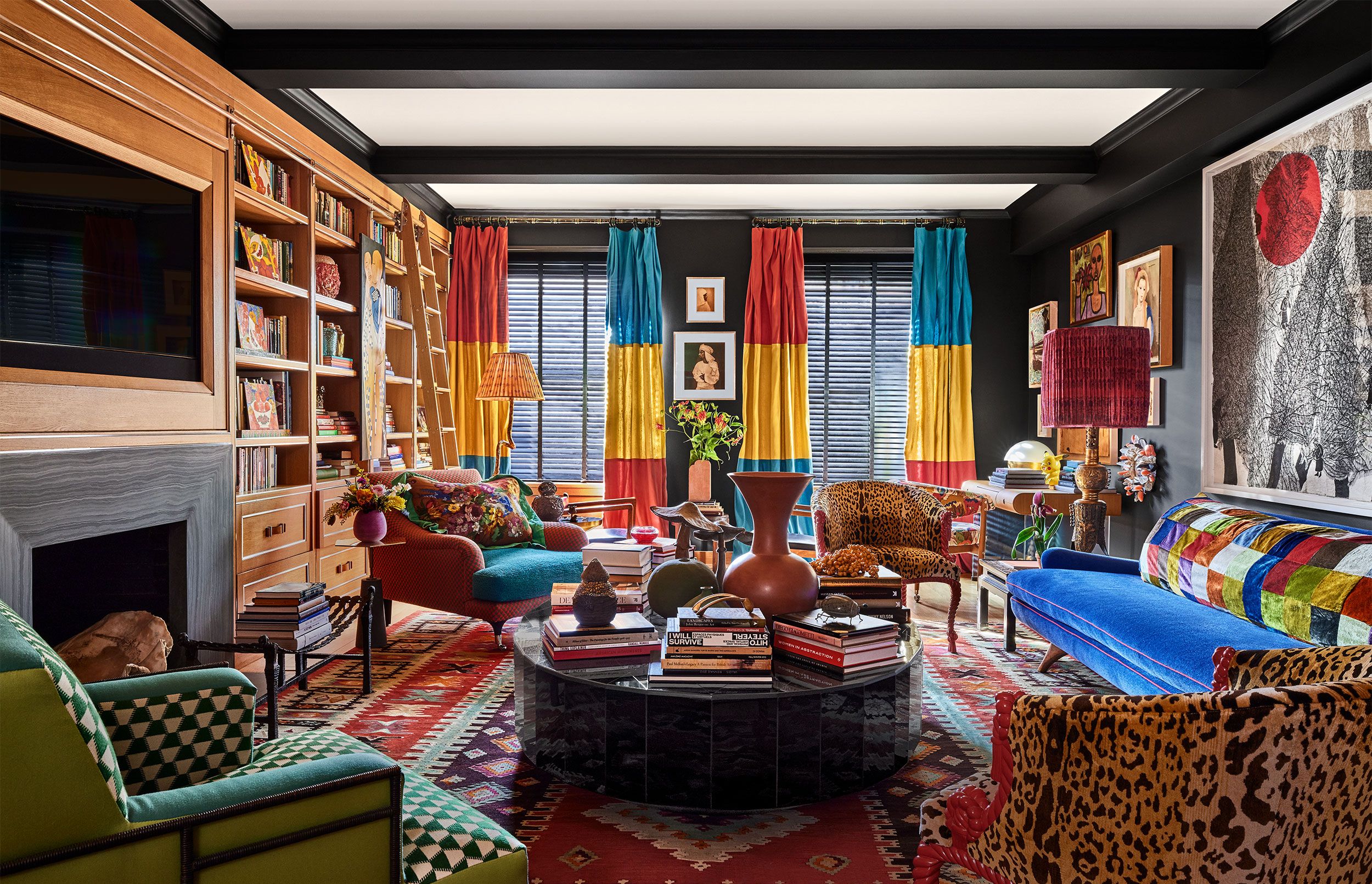
How to do home decor?
Home decor is an art that allows you to express your style, personality, and create a space that feels uniquely yours. When it comes to decorating your entire house, including living room wall decor, consider these holistic home decor tips to achieve a cohesive and inviting atmosphere:
1. Define Your Style
Before diving into the decorating process, take some time to define your style. Whether it’s modern, traditional, bohemian, or a fusion of different styles, knowing your preferences will guide your decor choices.
2. Create a Consistent Color Scheme
Maintain a consistent color scheme throughout your house to create visual harmony. Choose a palette that complements your furnishings and reflects the mood you want to evoke in each room.
3. Flow and Cohesion
Ensure a seamless flow between rooms by maintaining cohesion in design elements. Consistent flooring, matching furniture styles, and complementary decor items contribute to a unified and well-designed home.
4. Mix Textures for Interest
Incorporate a variety of textures to add depth and interest to your home. Mix soft fabrics, like throws and pillows, with harder surfaces, such as wooden furniture or metal accents, to create a visually dynamic space.
5. Functional Furniture Arrangement
Arrange furniture in a way that encourages conversation and functionality. Consider the natural flow of movement in each room and arrange furniture accordingly to create inviting and comfortable spaces.
6. Personalize with Meaningful Decor
Infuse your home with personal touches and meaningful decor. Whether it’s family photographs, travel souvenirs, or handmade items, these elements make your home uniquely yours and tell your story.
7. Consider Scale and Proportion
Maintain a sense of scale and proportion when selecting furniture and decor items. Ensure that each piece complements the size of the room and other elements, creating a balanced and visually pleasing environment.
8. Lighting for Ambiance
Pay attention to lighting to create the right ambiance in each room. Incorporate a mix of ambient, task, and accent lighting to enhance the functionality and mood of different spaces.
9. Integrate Natural Elements
Bring the outdoors inside by incorporating natural elements. Houseplants, natural fibers, and wooden accents add a touch of nature, creating a refreshing and calming atmosphere.
10. Invest in Quality Pieces
While it’s tempting to focus on quantity, investing in quality furniture and decor pieces can make a significant difference. Select items that not only align with your style but also stand the test of time in terms of durability and craftsmanship.
By approaching home decor with a thoughtful and holistic mindset, you can create a living space that reflects your personality, suits your lifestyle, and provides a welcoming haven for you and your guests.
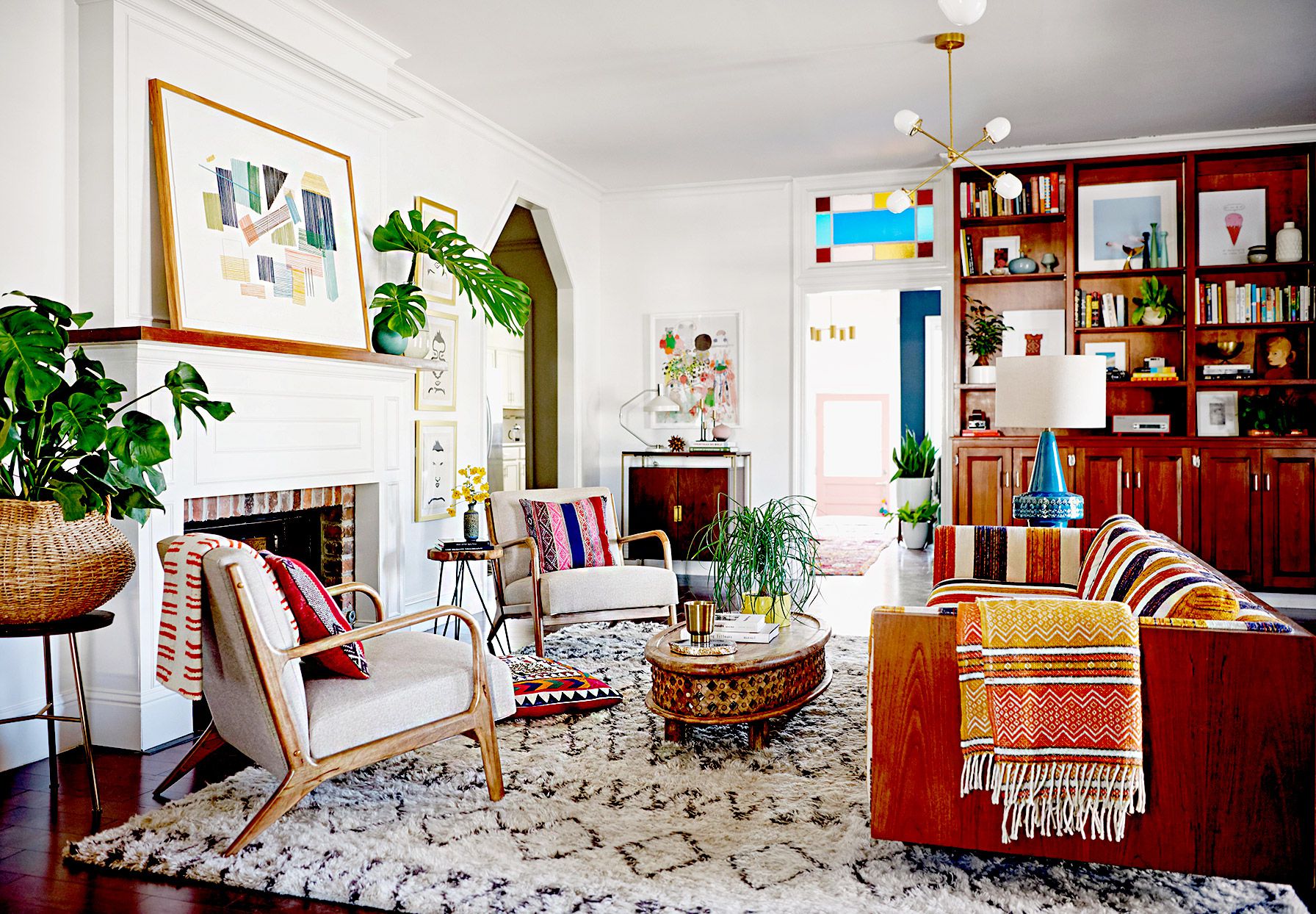
How can I beautify my house?
Beautifying your house involves a combination of creativity, thoughtful design choices, and a touch of your unique personality. Let’s explore various areas of your home and discover ways to enhance their beauty:
1. Curb Appeal with Landscaping
The exterior of your house sets the tone for what’s inside. Boost your curb appeal with well-maintained landscaping. Consider adding flower beds, potted plants, or even a small garden to create a welcoming entrance.
2. Inviting Entryway Decor
Make a lasting impression by beautifying your entryway. A stylish doormat, a welcoming wreath, and some ambient lighting can transform a simple entry into a warm and inviting space.
3. Cozy and Stylish Living Room
We’ve already delved into living room wall decor ideas, but don’t forget the overall design of the space. Incorporate plush throws, decorative pillows, and a cozy rug to make your living room feel inviting and comfortable.
4. Kitchen Elegance and Functionality
In the kitchen, balance aesthetics with functionality. Invest in quality cookware, display stylish utensils, and consider open shelving for both practicality and visual appeal. Introduce indoor plants or fresh herbs for a touch of nature.
5. Dining Room Atmosphere
Enhance your dining room by creating a welcoming atmosphere. Consider a statement chandelier, elegant table settings, and artwork that complements the space. Add a personal touch with a centerpiece or decorative table runner.
6. Soothing Bedroom Retreat
Create a tranquil bedroom retreat by choosing a calming color palette and comfortable bedding. Incorporate soft lighting, plush rugs, and personal touches like artwork or framed photographs to make the space uniquely yours.
7. Functional and Stylish Home Office
Whether you have a dedicated home office or a multifunctional space, make it both functional and stylish. Choose a comfortable yet chic chair, invest in storage solutions, and personalize the space with inspiring decor that boosts creativity.
8. Luxurious Bathroom Upgrades
Transform your bathroom into a spa-like sanctuary with simple upgrades. Invest in quality towels, add scented candles, and consider decorative elements like framed mirrors or artwork to elevate the overall aesthetic.
9. Kids’ Playful and Functional Spaces
For kids’ rooms and play areas, balance functionality with playfulness. Choose vibrant colors, incorporate storage for toys, and consider thematic decor that reflects their interests and imagination.
10. Outdoor Oasis with Patio Decor
Extend the beauty of your home to the outdoors by decorating your patio or backyard. Comfortable outdoor furniture, decorative lighting, and potted plants can turn your outdoor space into a relaxing oasis.
By paying attention to each area of your house and infusing thoughtful design elements, you can create a harmonious and beautiful living space that reflects your taste and makes you feel truly at home. Whether it’s small touches or larger design choices, the key is to make each space uniquely yours.
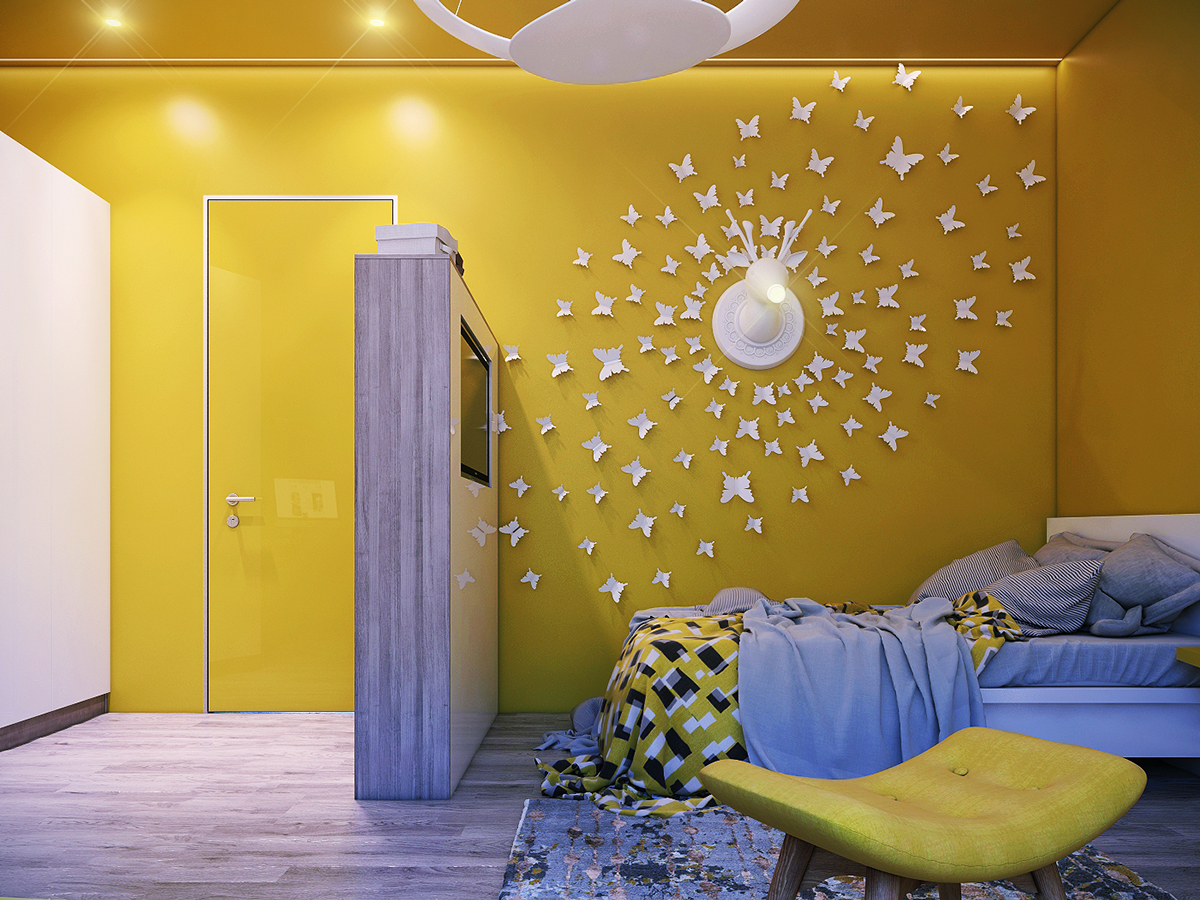
How do I arrange my new room?
Arranging a new room involves a strategic approach to make the most of the available space while creating a harmonious and functional layout. Whether it’s a bedroom, living room, or any other space, follow these guidelines for effective room arrangement:
1. Measure the Room and Furniture
Before arranging the room, measure the dimensions of both the room and the furniture. This helps you plan the layout more accurately, ensuring that furniture fits comfortably within the space.
2. Establish a Focal Point
Identify or create a focal point in the room. It could be a fireplace, a large window with a view, or a standout piece of furniture. Arrange the main seating area to highlight this focal point.
3. Consider Traffic Flow
Ensure a smooth flow of traffic through the room. Arrange furniture in a way that allows easy movement from one area to another. Avoid blocking pathways, and leave enough space for people to walk comfortably.
4. Create Conversation Areas
If the room allows, create separate conversation areas. Arrange seating in clusters to encourage intimate conversations. Consider the room’s function – a cozy seating arrangement for a living room or a functional desk setup for a home office.
5. Place the Largest Furniture First
Start by placing the largest and most significant furniture pieces first. For example, in a bedroom, position the bed; in a living room, arrange the sofa. These key pieces anchor the room and guide the placement of other items.
6. Balance the Furniture
Distribute the visual weight of furniture evenly throughout the room. Balance larger pieces with smaller ones to create a sense of equilibrium. For instance, if you have a large sectional sofa, balance it with a coffee table and smaller accent chairs.
7. Consider Functionality
Prioritize functionality based on the room’s purpose. For a bedroom, ensure that the bed is easily accessible, and there’s adequate storage. In a living room, arrange seating for optimal TV viewing or conversational comfort.
8. Utilize Vertical Space
Maximize vertical space by incorporating tall furniture, such as bookshelves or armoires. This not only adds storage but also draws the eye upward, making the room feel more spacious.
9. Mindful Placement of Electronics
If the room includes electronic devices like TVs or speakers, consider their placement. Ensure that they are positioned for optimal viewing or listening while blending seamlessly with the overall decor.
10. Experiment with Layouts
Don’t be afraid to experiment with different layouts. Try rearranging furniture to see what works best for the flow of the room. Consider both form and function as you explore various arrangements.
11. Define Zones in Multipurpose Spaces
In multipurpose spaces, define distinct zones for different activities. For example, in a living room that doubles as a home office, create a designated workspace with a desk and appropriate lighting.
12. Personalize with Decorative Elements
Once the furniture is in place, personalize the room with decorative elements. Add rugs, throw pillows, artwork, and other accessories to enhance the visual appeal and reflect your style.
By carefully planning and arranging your new room, you can create a well-balanced and visually appealing space that suits both your practical needs and aesthetic preferences.
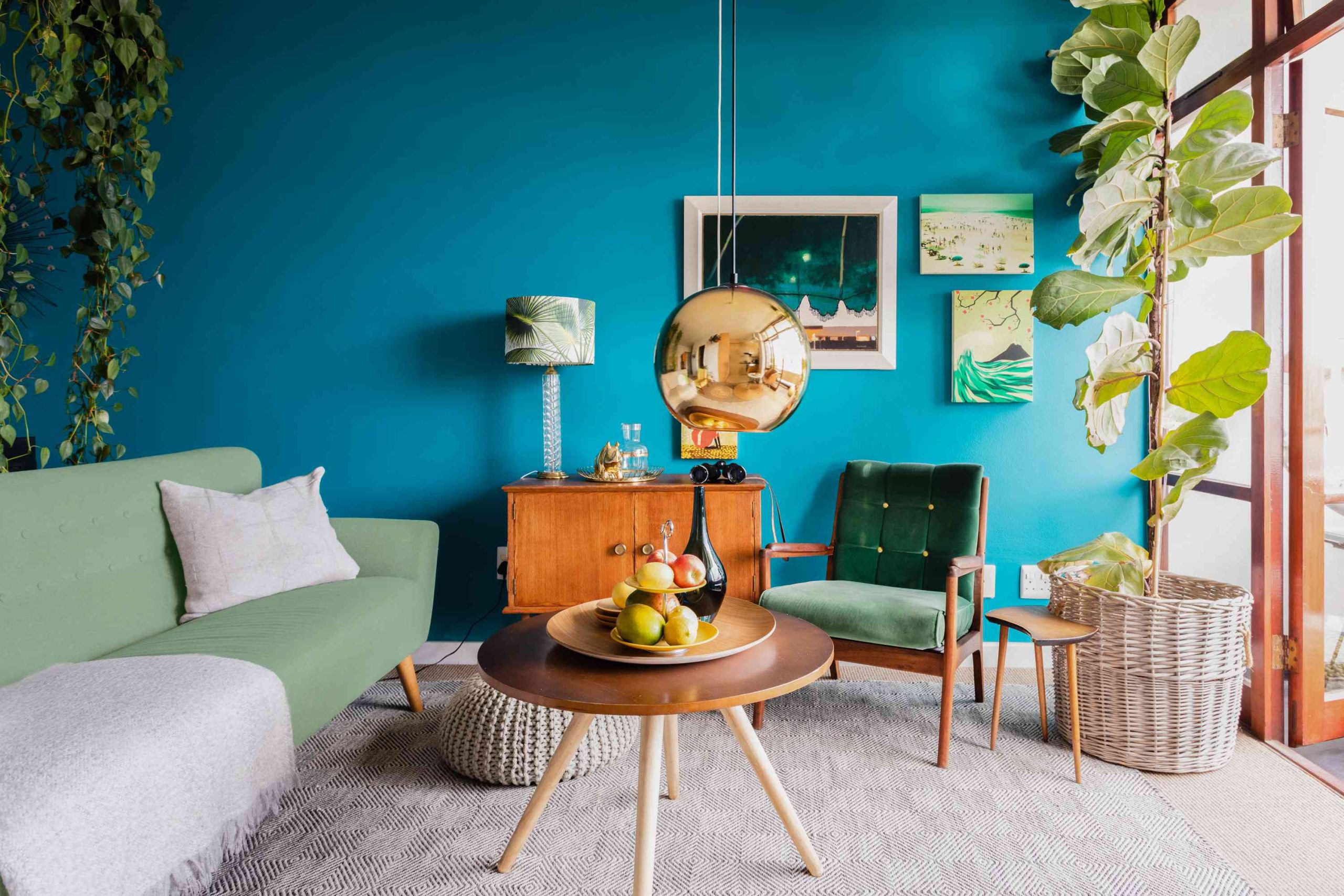
How to choose colors to decorate a room?
Choosing the right colors to decorate a room is a crucial aspect of creating the desired atmosphere and visual appeal. Here are steps and considerations to guide you in selecting colors that harmonize with your style and enhance the overall ambiance of the room:
1. Understand the Room’s Purpose
Consider the primary purpose of the room. Different colors evoke varying emotions and moods. For example, calming blues and greens are ideal for bedrooms, while energetic yellows and reds may work well in a lively living room or kitchen.
2. Start with a Base Color
Select a base color that serves as the foundational hue for the room. This is often a neutral tone such as white, beige, or gray. Neutral bases provide versatility and make it easier to incorporate accent colors.
3. Consider the Room’s Size and Lighting
Take into account the size of the room and the amount of natural light it receives. Lighter colors tend to make a room feel more spacious, while darker colors can create a cozy and intimate atmosphere. Consider the direction of windows and how light changes throughout the day.
4. Explore Color Psychology
Familiarize yourself with color psychology to understand the emotions and feelings associated with different colors. For instance, blues and greens are often associated with calmness and relaxation, while reds and yellows can evoke energy and warmth.
5. Create a Color Palette
Once you have a base color, create a color palette by incorporating complementary or contrasting hues. Use a combination of two or three colors to add depth and visual interest. Consider using tools like color wheels to find harmonious combinations.
6. Test Samples in the Room
Before committing to a color scheme, test paint samples or fabric swatches in the actual room. Colors can look different in various lighting conditions, so observing them in the room’s natural light is crucial.
7. Consider Existing Furniture and Decor
Take into account the colors of existing furniture, decor items, and architectural features in the room. Ensure that your chosen color palette complements these elements rather than clashes with them.
8. Balance Warm and Cool Tones
Achieve a balanced look by incorporating a mix of warm and cool tones. Warm tones, such as reds and yellows, add energy, while cool tones, like blues and greens, bring a sense of calm. Striking the right balance creates a harmonious visual experience.
9. Opt for Timeless or Trendy
Decide whether you want to embrace timeless, classic colors or follow current trends. While trendy colors can provide a fresh and contemporary look, timeless colors ensure longevity and versatility.
10. Consider Accent Colors
Introduce accent colors sparingly to highlight specific features or areas of the room. Accent colors can be bolder or more vibrant and serve to draw attention to focal points.
11. Pay Attention to Undertones
Be mindful of color undertones, which can greatly influence the overall feel of a room. For example, a beige with warm undertones can create a cozy atmosphere, while a beige with cool undertones may feel more contemporary.
12. Personal Preference Matters
Ultimately, trust your instincts and personal preferences. Choose colors that resonate with you and make you feel comfortable in the space. After all, you are the one who will be spending time in the room.
By carefully considering these factors and taking the time to explore different color options, you can confidently choose a color scheme that enhances the beauty and functionality of your room.
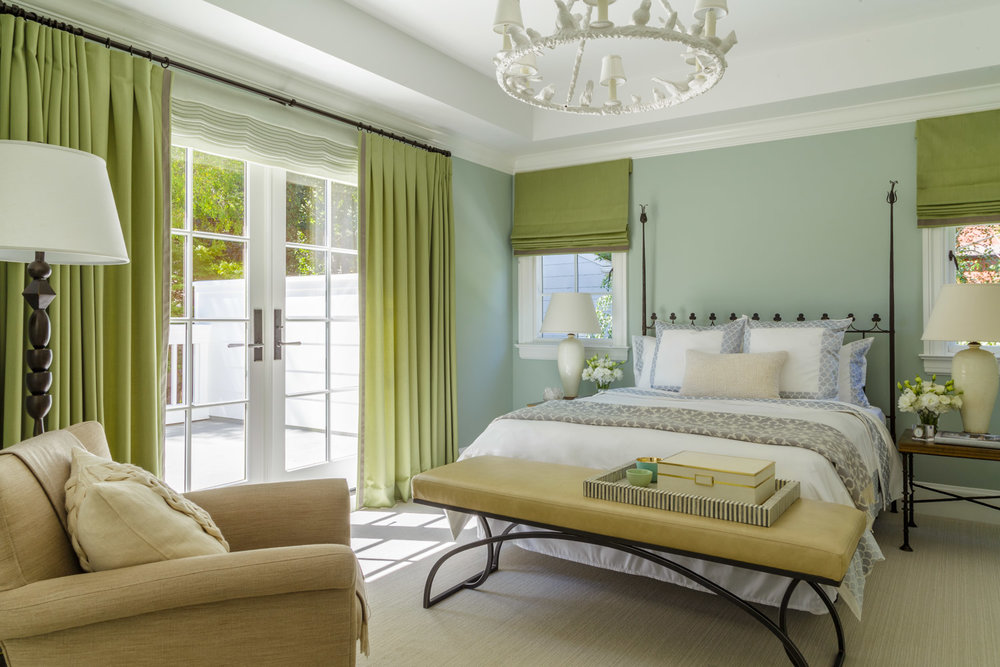
Which Colour is best for all room?
Choosing a color that works well for all rooms often involves selecting a versatile and neutral shade that provides a timeless backdrop for various styles and functions. Here are some neutral colors that can serve as excellent choices for all rooms:
1. White: Classic and Timeless
White is a classic and timeless choice that works well in any room. It creates a clean and fresh canvas, allowing you to experiment with different accent colors and styles. White also reflects light, making rooms feel more spacious.
2. Beige: Warm and Versatile
Beige is a warm and versatile neutral that pairs well with a variety of colors. It provides a neutral base while adding a subtle warmth to the room. Beige is particularly suitable for creating a cozy and inviting atmosphere.
3. Gray: Elegant and Modern
Gray is an elegant and modern neutral that comes in various shades, from light to dark. It works well with both warm and cool color schemes and provides a sophisticated backdrop for different decor styles.
4. Greige: Blend of Gray and Beige
Greige, a blend of gray and beige, offers the best of both worlds. It combines the versatility of gray with the warmth of beige, creating a neutral hue that complements a wide range of furnishings and design elements.
5. Taupe: Subtle and Sophisticated
Taupe is a subtle and sophisticated neutral that falls between brown and gray. It works well in creating a neutral yet warm atmosphere and pairs beautifully with various accent colors.
6. Soft Blue-Gray: Serene and Calming
A soft blue-gray is a serene and calming neutral that can work well in bedrooms, living rooms, or bathrooms. It adds a touch of color while maintaining a soothing and neutral feel.
7. Off-White: Soft and Elegant
Off-white shades, such as ivory or cream, provide a soft and elegant alternative to pure white. These tones add warmth to a room while maintaining a light and airy feel.
8. Charcoal Gray: Dramatic and Chic
For those looking to make a statement with a darker neutral, charcoal gray can be a dramatic and chic choice. It pairs well with both light and bold accent colors, adding depth and sophistication to a room.
9. Muted Sage Green: Natural and Calming
Muted sage green is a subtle and natural neutral that brings a calming and earthy vibe to a room. It works well with various decor styles and can be particularly refreshing in spaces like bedrooms and bathrooms.
10. Navy Blue: Timeless and Bold
While darker than traditional neutrals, navy blue can serve as a timeless and bold neutral in the right context. It pairs well with lighter tones and adds a touch of sophistication to a room.
When choosing a color for all rooms, consider the amount of natural light, the size of the spaces, and your personal preferences. Neutral tones provide flexibility and allow you to easily update the look of a room with different furnishings and decor elements.

Which Colour is beautiful for room?
The choice of a beautiful color for a room often depends on personal preferences, the desired atmosphere, and the room’s function. Here are some colors that are commonly considered beautiful for creating an appealing and inviting ambiance in different rooms:
1. Soft Pastel Blues: Serene and Tranquil
Soft pastel blues, such as powder blue or sky blue, evoke a sense of serenity and tranquility. These colors are especially beautiful in bedrooms and bathrooms, creating a calm and soothing environment.
2. Lavender: Calming and Elegant
Lavender is a beautiful color that brings a sense of calmness and elegance to a room. It works well in bedrooms, contributing to a relaxing and dreamy atmosphere.
3. Soft Greens: Fresh and Natural
Soft greens, like sage or mint, bring a fresh and natural feel to a room. These colors are beautiful in bedrooms, living rooms, or even kitchens, creating a connection to nature and promoting a sense of tranquility.
4. Blush Pink: Delicate and Romantic
Blush pink is a delicate and romantic color that adds a touch of warmth and sophistication to a room. It’s often used in bedrooms and can be paired with neutrals or metallic accents for an elegant look.
5. Warm Taupe: Neutral and Cozy
Warm taupe is a neutral color that exudes warmth and coziness. It’s a beautiful choice for living rooms, dining areas, or bedrooms, providing a versatile backdrop for various decor styles.
6. Coral: Vibrant and Energizing
Coral is a vibrant and energizing color that can add a playful and lively touch to a room. It works well in spaces like home offices, providing a burst of color without being overpowering.
7. Golden Yellow: Cheerful and Sunny
Golden yellow is a cheerful and sunny color that brings warmth and positivity to a room. It’s a beautiful choice for kitchens, dining areas, or any space where you want to create a lively and inviting atmosphere.
8. Teal: Rich and Sophisticated
Teal is a rich and sophisticated color that adds depth and character to a room. It’s beautiful in bedrooms, home offices, or as an accent color in living rooms, creating a sense of luxury and style.
9. Peach: Soft and Subtle
Peach is a soft and subtle color that imparts a gentle warmth to a room. It’s a beautiful choice for bedrooms, creating a soothing and inviting environment.
10. Eggshell White: Clean and Timeless
Eggshell white is a clean and timeless choice that enhances the beauty of a room. It’s a versatile color that works well in any space, providing a neutral backdrop for various decor styles.
11. Turquoise: Playful and Refreshing
Turquoise is a playful and refreshing color that adds a vibrant touch to a room. It’s beautiful in bedrooms, bathrooms, or as an accent color in living spaces, creating a lively and energetic atmosphere.
12. Deep Burgundy: Elegant and Luxurious
For those seeking a rich and luxurious look, deep burgundy can be a beautiful choice. It’s often used in dining rooms or as an accent color in bedrooms, exuding elegance and sophistication.
Ultimately, the most beautiful color for a room is one that resonates with your personal style and creates the atmosphere you desire. Consider the size of the room, the amount of natural light, and your preferences when selecting the perfect color to enhance the beauty of your space.

What are the 7 Colour schemes?
Color schemes play a crucial role in creating a cohesive and visually appealing design. There are various color schemes, each based on principles of color theory. Here are seven popular color schemes used in interior design and decor:
1. Monochromatic Color Scheme:
- Definition: A monochromatic color scheme uses different shades, tones, and tints of a single color.
- Example: Various shades of blue, from light sky blue to deep navy, all within the same color family.
2. Analogous Color Scheme:
- Definition: An analogous color scheme involves using colors that are next to each other on the color wheel.
- Example: Combining blue, blue-green, and green for a harmonious and cohesive look.
3. Complementary Color Scheme:
- Definition: A complementary color scheme involves using colors that are opposite each other on the color wheel.
- Example: Pairing red and green or blue and orange for a high-contrast and dynamic look.
4. Triadic Color Scheme:
- Definition: A triadic color scheme uses three colors evenly spaced around the color wheel.
- Example: Combining primary colors like red, blue, and yellow for a balanced and vibrant palette.
5. Split-Complementary Color Scheme:
- Definition: A split-complementary color scheme is similar to the complementary scheme but uses two adjacent colors to the complementary color.
- Example: Pairing red with yellow-green and blue-green for a balanced yet high-contrast look.
6. Tetradic Color Scheme:
- Definition: A tetradic color scheme involves using four colors together in the form of two complementary color pairs.
- Example: Combining blue, orange, red-violet, and yellow-green for a diverse and rich color palette.
7. Square Color Scheme:
- Definition: A square color scheme uses four colors spaced evenly around the color wheel.
- Example: Combining colors like blue, green, red-orange, and yellow for a visually balanced and lively composition.
When selecting a color scheme for a room, consider the mood and atmosphere you want to create, as well as the preferences of the occupants. Experimenting with different color schemes can help you find the perfect combination that suits your style and enhances the overall design of the space.
Conclusion:
Choosing the right color scheme and decor for your living space is a personal and exciting journey. Whether you opt for a monochromatic elegance, an analogous harmony, or a vibrant triadic burst of colors, the key is to align your choices with your style, preferences, and the intended atmosphere of each room.
When decorating your living room, consider the versatility of neutral tones like beige or gray. These provide a timeless backdrop that allows for easy integration of various accent colors and decor elements. Don’t be afraid to experiment with color combinations and textures to add depth and visual interest.
For a cohesive home decor approach, think holistically. Define your style, maintain a consistent color scheme throughout your house, and ensure a flow of design elements between rooms. Infuse your personality into the decor with meaningful artwork, personal mementos, and furniture that resonates with your taste.
Remember, the goal of home decor is not just aesthetics but also functionality and comfort. Your living space should be a reflection of your lifestyle, creating an environment that brings joy, relaxation, and inspiration to you and your guests.
As you embark on your home decor journey, keep these tips in mind, and feel free to adapt and customize them to suit your unique vision for a beautiful and harmonious living space.
